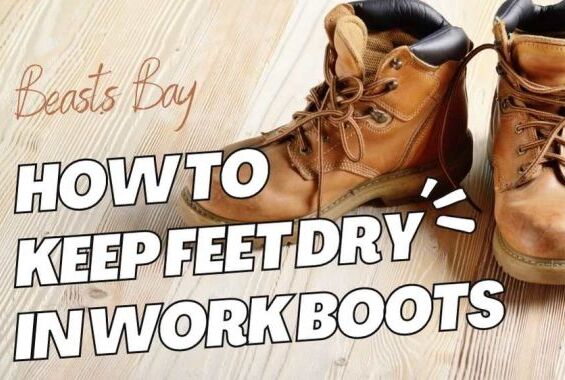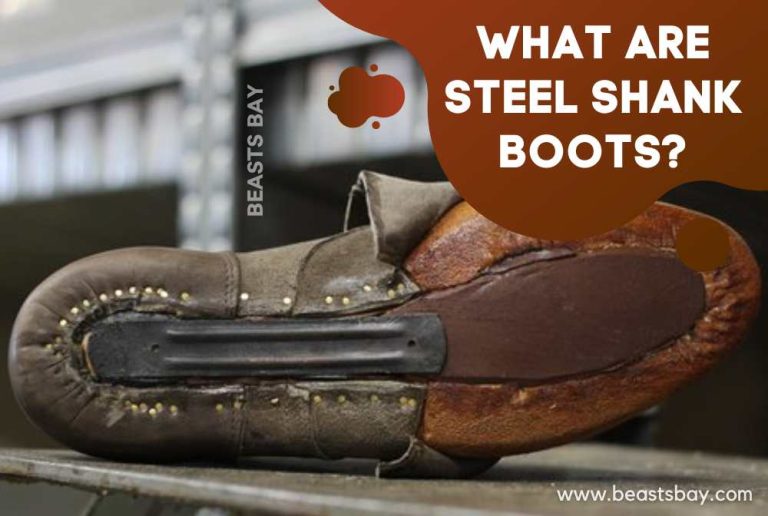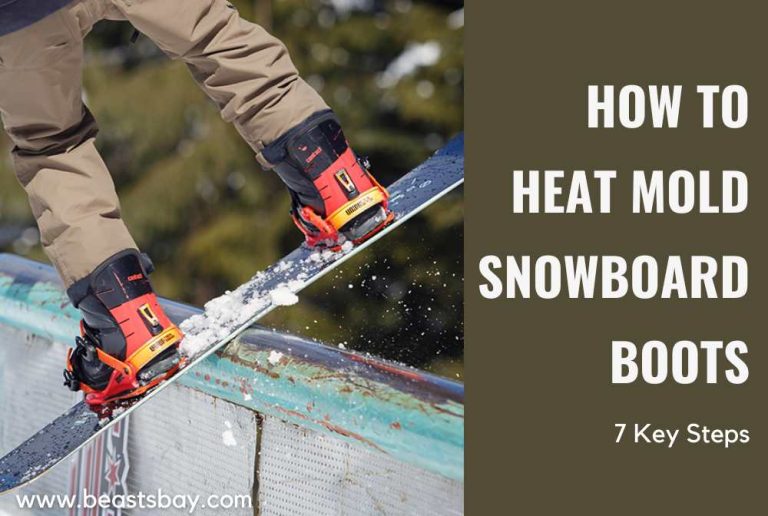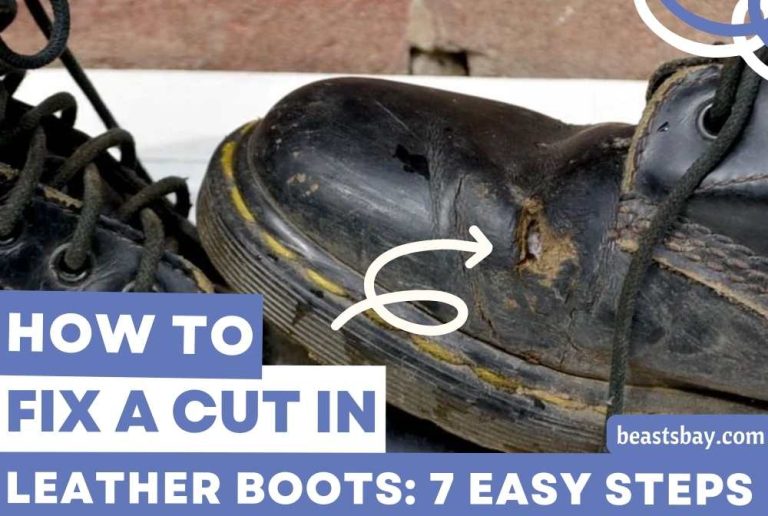Snowboarding requires proper equipment, and having well-fitting snowboard boots are essential for a comfortable and safe ride. However, finding the right balance of tightness can be tricky. This article will give you a comprehensive guide on how tight your snowboard boots should be.
When it comes to snowboard boots, it is important to find the right balance between comfort and support. A boot that is too loose will result in a lack of control, while a boot that is too tight will cause discomfort and even pain.
If your boots are too loose, your feet will slide around, reducing control and power transfer.
Conversely, if your boots are too tight, you can experience numbness, pain, and reduced circulation, leading to a miserable day on the mountain.
A Comprehensive Guide on How Should Be Tight Your Snowboard Boots
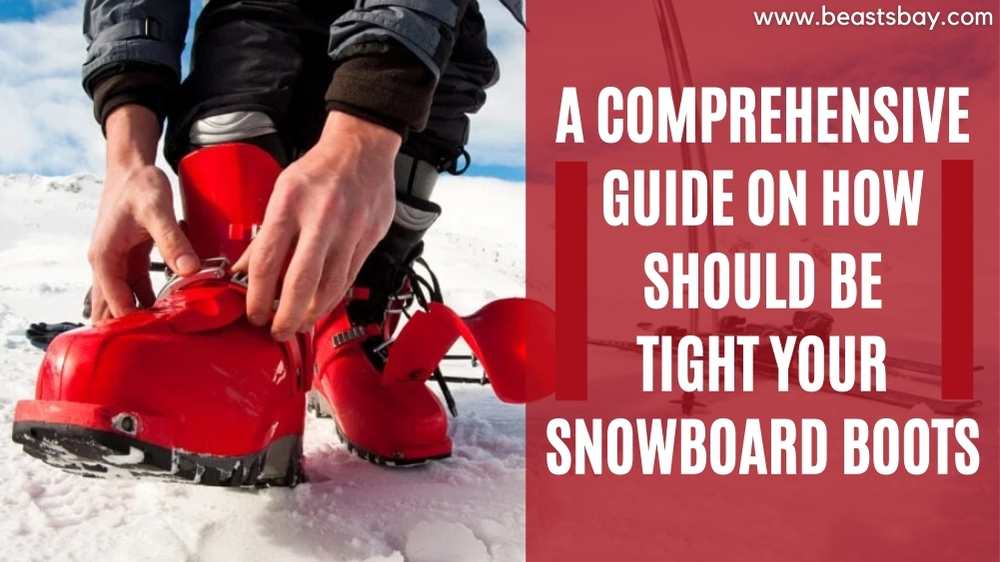
Boot Flex Rating
The flex rating of a snowboard boot refers to the boot’s stiffness and responsiveness. Boots with a higher flex rating are stiffer and more responsive, while boots with a lower rating are softer and more forgiving.
The level of tightness you should aim for will depend on your boot’s flex rating. Stiffer boots require a tighter fit to ensure maximum control and power transfer. In contrast, softer boots can be more comfortable with a looser fit.
Check for Proper Length And Width
Once you have determined your correct size, check that the length and width of the boots are appropriate for your feet. The boots should fit snugly, but not be too tight or too loose. You should be able to wiggle your toes comfortably, but not have any excessive movement in the heel or ankle area.
Adjust The Inner Liner
Most snowboard boots have an inner liner that can be adjusted for a better fit. This can be done by tightening or loosening the laces or straps on the liner. Your foot should be firmly enclosed by the lining. But it should not be so tight that it restricts blood flow or causes discomfort.
Tighten The Outer Shell
Once the inner liner is adjusted, you can tighten the outer shell of the boots. This can be done using the laces or BOA system (if the boots have one). It is essential to tighten the boots evenly, starting from the bottom and working your way up.
Buckles and Lacing
Most snowboard boots feature either laces or a combination of laces and buckles. The type of closure system you choose will also influence how tight your boots should be.

For example, lace-up boots require a tighter fit to prevent slippage, while boots with buckles can provide more flexibility in tightness.
Regardless of the type of lacing system, start by tightening the boot from the bottom up. It will ensure that your foot is secure in the boot and that there is no slippage.
Once the boot is secure around your foot, move to the ankle area and tighten the laces or BOA system to provide support and stability.
Ensure not to overtighten the boot, as this can lead to discomfort and even injury. Your boots should be tight enough to provide support and stability but not so tight that they cut off circulation or cause pain.
Foot Shape
Every foot is different, and therefore, the fit of a snowboard boot will vary from person to person. Some people have wider or narrower feet, and others may have high arches or other foot conditions that require a specific fit. It is essential to try on multiple pairs of boots and work with a knowledgeable salesperson to find the perfect fit for your foot shape.
Your Riding Style
Your riding style also plays a crucial role in determining how tight your snowboard boots should be. Beginner riders may find it more comfortable to have a looser fit, allowing them to learn without feeling constricted or uncomfortable. More experienced riders may prefer a tighter fit, as it provides greater control and precision in turns and tricks.
Boot Types
Different types of snowboard boots have different fit and tightness requirements. For example, freestyle boots are typically softer and more forgiving, allowing for more comfortable movement and a looser fit.
Socks
The socks you wear can also influence how tight your snowboard boots should be. It is essential to wear thin, moisture-wicking socks that do not bunch or wrinkle. Here’s an opportunity to use anti-wrinkle cream to loose your boots.
Thick socks can cause your feet to sweat, leading to discomfort, and a loose fit.
Conversely, too-thin socks can result in cold feet and discomfort. The best way to ensure the proper fit is to wear the socks you will be snowboarding in when trying on your boots.
Testing The Fit
After adjusting the fit, it’s essential to test your boots to make sure they feel comfortable and secure. Put on your snowboard and stand in a natural snowboarding stance.
Flex your ankles and toes to make sure you have enough mobility and control over your board. You should be able to move comfortably in your boots without any slippage or discomfort.
Conclusion
Snowboarding is an exciting and fun winter sport, but it requires proper equipment to ensure a safe and enjoyable experience.
The tightness of your snowboard boots is crucial for both comfort and performance on the mountain.
While everyone’s preferences may vary slightly, in general, your boots should be snug but not painfully tight, with no pressure points or areas of discomfort. This will allow for proper circulation and support while also ensuring that your movements are precise and controlled.
It’s important to take the time to properly fit your boots and make any necessary adjustments before hitting the slopes to ensure the best possible experience.
Should Snowboard Boots Be Tighter Than Regular Shoes?
Yes, snowboard boots should be tighter than regular shoes to provide support and control over your snowboard. However, they should not be so tight that they cut off circulation or cause discomfort.
Should Snowboard Boots Feel Snug?
Yes, snowboard boots should feel snug to provide support and stability for your foot and ankle. However, they should not be too tight, as this can lead to discomfort and injury.
How Can I Tell If My Snowboard Boots Are Too Tight?
If your snowboard boots are too tight, you may experience discomfort or pain, especially around the ankle or foot. You may also notice numbness or tingling in your foot or toes, indicating poor circulation.


